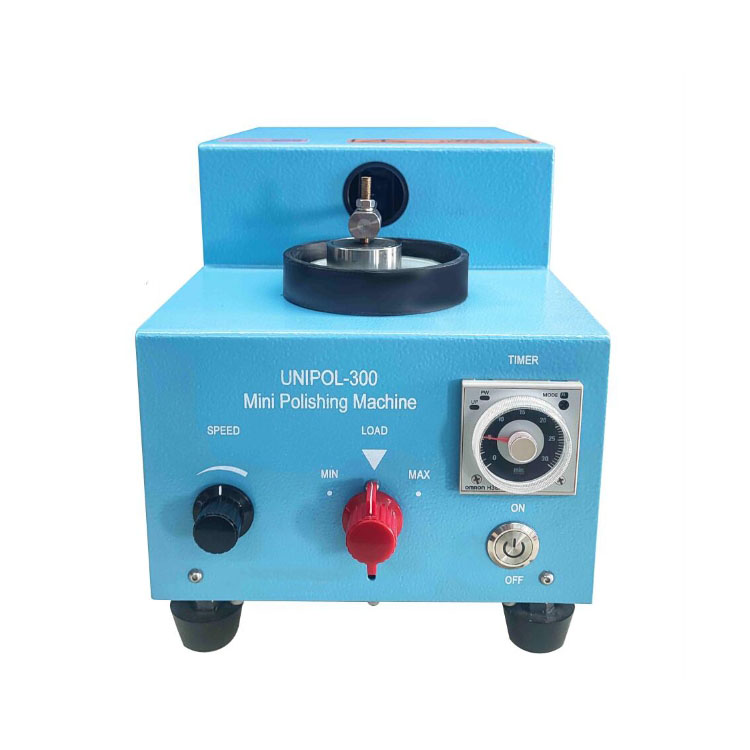Improving Surface Flatness
Wafers serve as the foundational substrate for chip manufacturing, and their surface flatness plays a crucial role in the success of subsequent chip fabrication processes. From a microscopic perspective, even the slightest surface irregularities can become significant obstacles given the nanometer-level precision required in chip manufacturing. For instance, in the photolithography process, it is essential to accurately transfer the designed circuit patterns onto the wafer surface. If the wafer surface is uneven, light can refract and scatter when passing through the photoresist, leading to decreased pattern transfer accuracy, which may result in deviations in the circuit structure of the chip, ultimately affecting its performance or functionality.

The Role of Wafer Polishing
The wafer polishing process is akin to that of a skilled craftsman who can polish the wafer surface to an extremely flat finish. Using polishing slurry and pads, the wafer surface is uniformly ground under specific pressure and rotational speed, effectively removing tiny protrusions and defects to achieve a near-mirror flatness. This highly smooth surface provides an ideal foundation for subsequent processes such as photolithography, etching, and thin-film deposition, ensuring that each step can be executed with precision, thus enhancing the yield of chip manufacturing.

Eliminating Surface Damage
Throughout the wafer manufacturing process, whether cutting silicon ingots into wafers or during preliminary processing steps, the wafer surface inevitably incurs various types of damage. These damages can include micro-cracks caused by cutting and stress concentration areas from mechanical processing. If left unaddressed, these damages can further propagate during chip manufacturing, leading to wafer breakage or reliability issues during chip operation. Wafer polishing effectively removes these surface damages. Through a combination of chemical and mechanical actions during polishing, the damaged surface material is gradually removed, exposing the underlying intact crystal structure. This not only eliminates potential breakage risks but also enhances the long-term reliability of the chips. Polished wafers can better maintain their integrity under subsequent high-temperature and high-pressure processing conditions, providing a solid foundation for the stable operation of chips.
Optimizing Electrical Performance
In addition to improving physical surfaces, wafer polishing significantly impacts the electrical performance of chips. In chip designs, the transmission of electrical signals between electronic components requires a good medium environment. The quality of the wafer surface directly affects the efficiency and stability of electron transmission. If the wafer surface contains impurities, defects, or unevenness, it increases the likelihood of electron scattering, resulting in higher resistance, which in turn affects the speed and power consumption of the chip. Polishing not only removes surface impurities and defects but also makes the crystal structure of the wafer surface more orderly. This organized structure facilitates smooth electron transmission, reduces resistance, and improves the electrical performance of the chip. For example, in high-performance processor chips, a polished wafer surface can enable faster transmission speeds for electronic signals, thus enhancing the computing speed while reducing power consumption and extending the device's battery life.
Conclusion
Wafer polishing plays a vital role in chip manufacturing. By improving surface flatness, eliminating surface damage, and optimizing electrical performance, it lays a solid foundation for chip fabrication. As chip manufacturing technology continues to advance toward higher precision and smaller sizes, wafer polishing processes are also evolving and innovating to meet the increasingly stringent requirements of chip production, driving the entire semiconductor industry forward and bringing us more powerful and high-performance electronic products.
================================
Supsemi focuses on providing high-performance precision grinding and polishing machines that meet the stringent requirements of various wafer processing applications. Our equipment is designed to ensure excellent surface flatness and efficient production processes, suitable for applications ranging from silicon wafers to other semiconductor materials. With a processing precision of up to 2nm, we ensure that every detail meets industry standards.

Each grinding and polishing machine undergoes rigorous technical validation and is equipped with advanced control systems and automation features, making operation simpler and more precise. Whether for large-scale production or small-batch customization, our equipment delivers consistent high-quality surface treatment results, ensuring the stability and reliability of wafers in subsequent manufacturing processes.
Moreover, Supsemi offers comprehensive technical support and after-sales services to ensure that customers have peace of mind while using our equipment. By choosing Supsemi, you gain not only equipment but also a powerful partner in optimizing production efficiency and enhancing product quality. Contact us now to learn more about the detailed specifications of our various precision grinding and polishing machines!
Contact: Bruce Liu
WhatsApp: +86-18059149998
Tel: +86-18059149998
Email: sales@supsemi.com
Add: Room 1402, Building 1, No. 89 Xibeilu, Xishancun, Xibei Street, Xinluo District, Longyan City, Fujian Province
We chat
